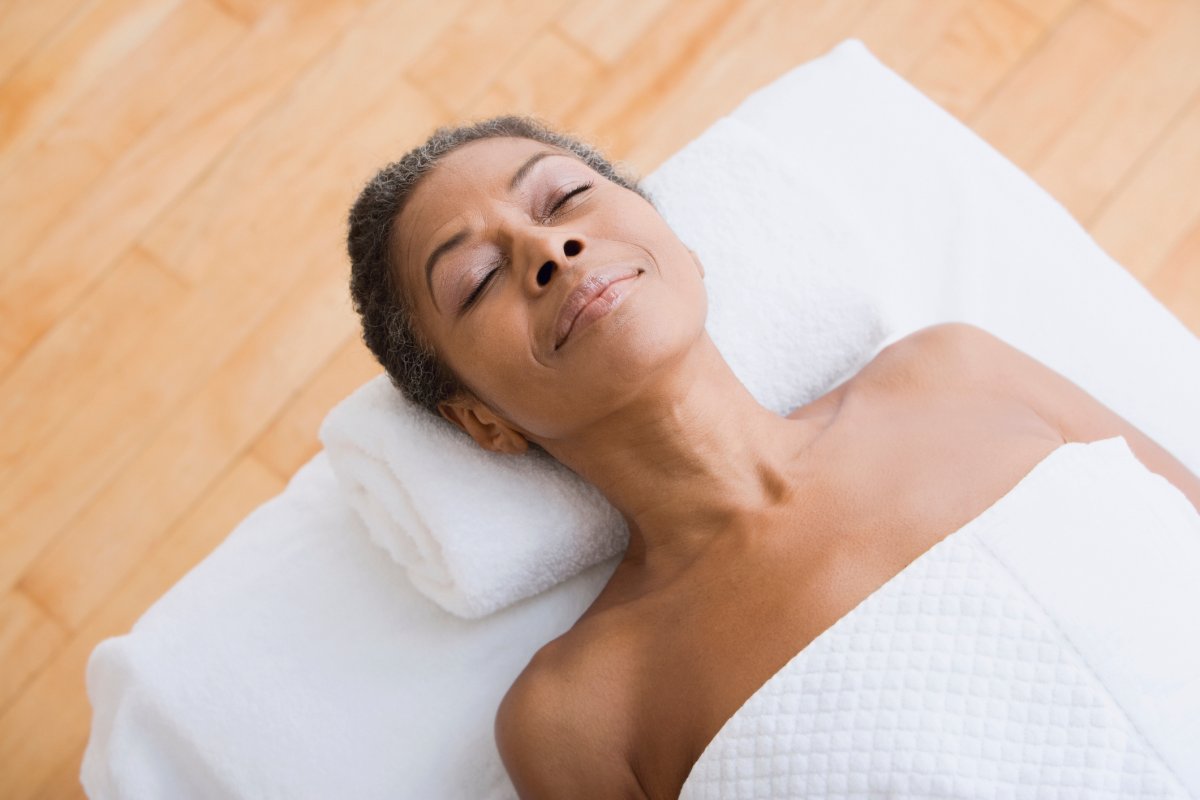Most of us would love more massages in general, but some experts argue most adults are not getting as many massages as they need.

Ronald Boado, a registered massage therapist (RMT) at Lemon Water Wellness based in Toronto, said we should be getting at least one massage per month.
But one massage per month may be out of reach — people tend to get massages under company benefit plans. If you don’t have insurance or you simply don’t have enough coverage, chances are you’re not getting 12 massages in the year either way.
READ MORE: Regular massage visits could help with headaches
Cecilia Fung, a RMT at Yorkville Sports Medicine Clinic in Toronto said if you can’t get a massage once a month, aim for at least one every three months or one every quarter.
Both added it’s not just about relaxation either. “Massage therapy is good for your health,” Fund said. It increases blood circulation, while Boado added it can also improve digestion and posture.
Types of massages
According to VeryWellHealth, some of the most popular types of massages include deep tissue, Swedish, hot stone, Thai and aromatherapy. Fung said massages are incredibly individual — some people focus on relaxing or escaping, while others prefer getting deep into tight muscles.
Sports massages and pregnancy massages are also popular, she added, and key areas of focus, in general, include shoulders, neck and back.
WATCH: Benefits of massage therapy

Boado said at the clinics he works at, hot stone therapy is common, especially in winter months.
Cupping is also in demand, he added. “Cupping massage basically is a cupping therapy using either a plastic or silicone cup and gliding it to the tissue,” he explained. “It’s a great soft-tissue release.”
What makes a good massage?
It’s really hard to determine what makes a good massage, experts say, and it really depends on what you ask for. A “good” massage is one that loosens tight or tangled muscles and offers relief to painful and stiff areas in the body.
- Gas prices surge in some parts of Canada. What’s causing pain at the pumps?
- Buzz kill? Gen Z less interested in coffee than older Canadians, survey shows
- ‘She gets to be 10’: Ontario child’s heart donated to girl the same age
- Canada updating sperm donor screening criteria for men who have sex with men
Some people believe soreness the next day is a result of a good massage (others argue soreness means the RMT didn’t do the best job), but Fung said soreness is not a factor to determine a so-called good massage.
READ MORE: Michael Phelps sparks cupping craze, do you know what it is?
She explained soreness is a common side-effect of a massage, but if you’re sore, it probably means your muscles are weak or they just need more time going back to regular tension. People who are very active tend to not feel sore the next day because their bodies are used to muscle movement.
Boado said a good massage should be based on pressure. “I believe in preparing the tissue and letting the muscle let you sink in… it’s all about intuitive touch,” he said, adding this doesn’t mean every massage needs to be deep tissue.
“It’s about how the client feels after a massage — if range of motion gets better or if their muscle pain went away.”
The right pressure is also crucial because it allows RMTs to know which technique to use. “Each client has their own pain scale and some people can’t even take light pressure,” Fung said. “We have to be very careful, each person is different and we try to avoid very deep pressure.”
People going for massages should always discuss their health history with the RMT as well, even the type of medication they take can alter a massage. Fung said this can affect the amount of pressure your muscles can handle.
Post-massage tips
A good massage also isn’t a one-off or luxury item, it allows you to make significant changes to your day-to-day. If your office chair, for example, is the cause of your stiffness or tightness, a massage is a good reminder to adjust your chair and workspace.
Author Paola Bassanese previously wrote in HuffPost U.K., a good massage means carrying the benefits of your massage long-term. “It is also a key component of injury prevention so if you are suffering from repetitive strain injuries, some targeted stretches would slow the build-up of tension and inflammation in the joints,” she said.
READ MORE: Gua Sha is the new ‘cupping’: What experts want you to know
Keeping treatments consistent is also key, as well as following up with stretches and exercise.
Sometimes, people try to give themselves massages using vibration tools, but Fung said it’s important to understand which muscles are tight, how your blood is circulating and where your nerves are positioned.
The last thing you want to do is injure yourself or further irritate tight muscles.




Comments